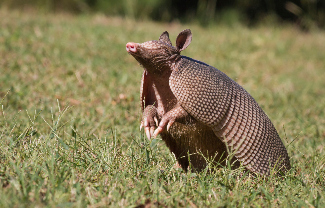You’ll find two miles of trails at Honey Creek State Natural Area. One of them, Canyon & Floodplain Conservation Area, is a restricted access area. Here, you’ll see a variety of flora and fauna. The rest of the natural area is open for all visitors to enjoy.
This natural area is also home to fossilized remains from about 125 million years ago. These ancient remains prove that Hill Country was a sea country at one time. Those who visit the area can imagine what life must have been like 125 million years ago. Many of the fossils in the park were left behind by aquatic creatures.
This hike best suits explorers who aren’t afraid of navigating wilderness terrain. You will probably encounter a few other hikers on your trip. Read the map carefully and know where to find the trails. While this hike might seem easy initially, it will require you to overcome many wilderness challenges, including rocky trails and thick, thorny vegetation. You’ll also have to cross a creek, which can be dangerous, especially if you’re unprepared.
Before the state acquired Honey Creek, the area was inhabited by native hunter-gatherers. In the mid-1800s, German immigrants began to settle here. The Doeppenschmidt family owned the land until 1894; later, Fred Rust and Otto Weidner managed it until 1971. In the 1980s, the property was deeded to the state. The Texas Nature Conservancy took over the former ranch in 1985 and opened it up to a limited number of visitors.
The area has many species of native plants and animals. The bank of the creek is lined with ferns, while the nearby area is home to Spanish oaks, cypress trees, and other native flora. You can also see deer, wild turkey, and armadillos roaming the grounds. There are also many kinds of fish in the area.
If the Honey Creek Ranch developers are allowed to proceed with the development, the river’s water quality will be impacted. This could result in the water flowing through the state park becoming unsafe for contact recreation. The Urbanczyk family’s plan to build a large, high-density subdivision will pollute stormwater and threaten the area’s natural resources.


